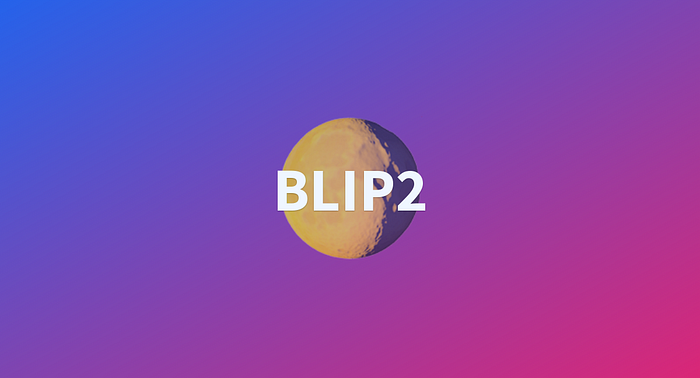Blipping into the Future:
How BLIP 2 is Revolutionizing Free Image Captions

What is this BLIP all about?
We are constantly surrounded by a myriad of varieties of media , not least of which is images. BLIP2 is a model that answers questions about images.
Usage
It is important to have a comfortable and easy user experience. This product definitely has it! To use it, provide an image, and then ask a question about that image. Blip-2 is also capable of captioning images. This works by sending the model a blank prompt, though there is an explicit toggle for image captioning in the UI & API. This will save dozens of hours for individuals who were involved with trying to provide specific and appropriate captions for many images day after day.
So, what makes it tick?
You probably want to know what blip stands for it and how it is made. BLIP-2: Bootstrapping Language-Image Pre-training with Frozen Image Encoders and Large Language Models is a generic and efficient pre-training strategy that bootstraps vision-language pre-training from off-the-shelf frozen pre-trained image encoders and frozen large language models.
How is it designed and built?
BLIP-2 bridges the modality gap with a lightweight Querying Transformer, which is pre-trained in two stages. The first stage bootstraps vision-language representation learning from a frozen image encoder. The second stage bootstraps vision-to-language generative learning from a frozen language model.
Performance is outstanding
This all sounds dandy, but how well does the model score on actual use cases that can be measured in terms of accuracy? BLIP-2 achieves state-of-the-art performance on various vision-language tasks, despite having significantly fewer trainable parameters than other models. This means that it is not only effective but also efficient meaning it requires less resources for the training process. Yet another important benefit of this new tool.
Why should I use BLIP-2?
Sounds very simple and intelligent: It generates synthetic captions and removes noisy ones! BLIP 2 effectively utilizes the noisy web data by bootstrapping the captions, where a captioner generates synthetic captions and a filter removes the noisy ones.
The model can be prompted to perform zero-shot image-to-text generation that follows natural language instructions, which enables emerging capabilities such as visual knowledge reasoning and visual conversation.
BLIP 2 is ideal for auto-generating captions and creating metadata at scale. It can generate English captions from images. The model demonstrates strong generalization ability when directly transferred to video-language tasks in a zero-shot manner. BLIP 2 also shows that more diverse captions yield larger gains. As if that weren’t enough, this fantastic product also demonstrates strong generalization ability when directly transferred to video-language tasks in a zero-shot manner.
I hope you enjoyed learning from this article. If you want to be notified of the next articles that are published, you can subscribe. If you want to share your thoughts with me and others about the content or to offer an opinion of your own, you can leave the comment.






